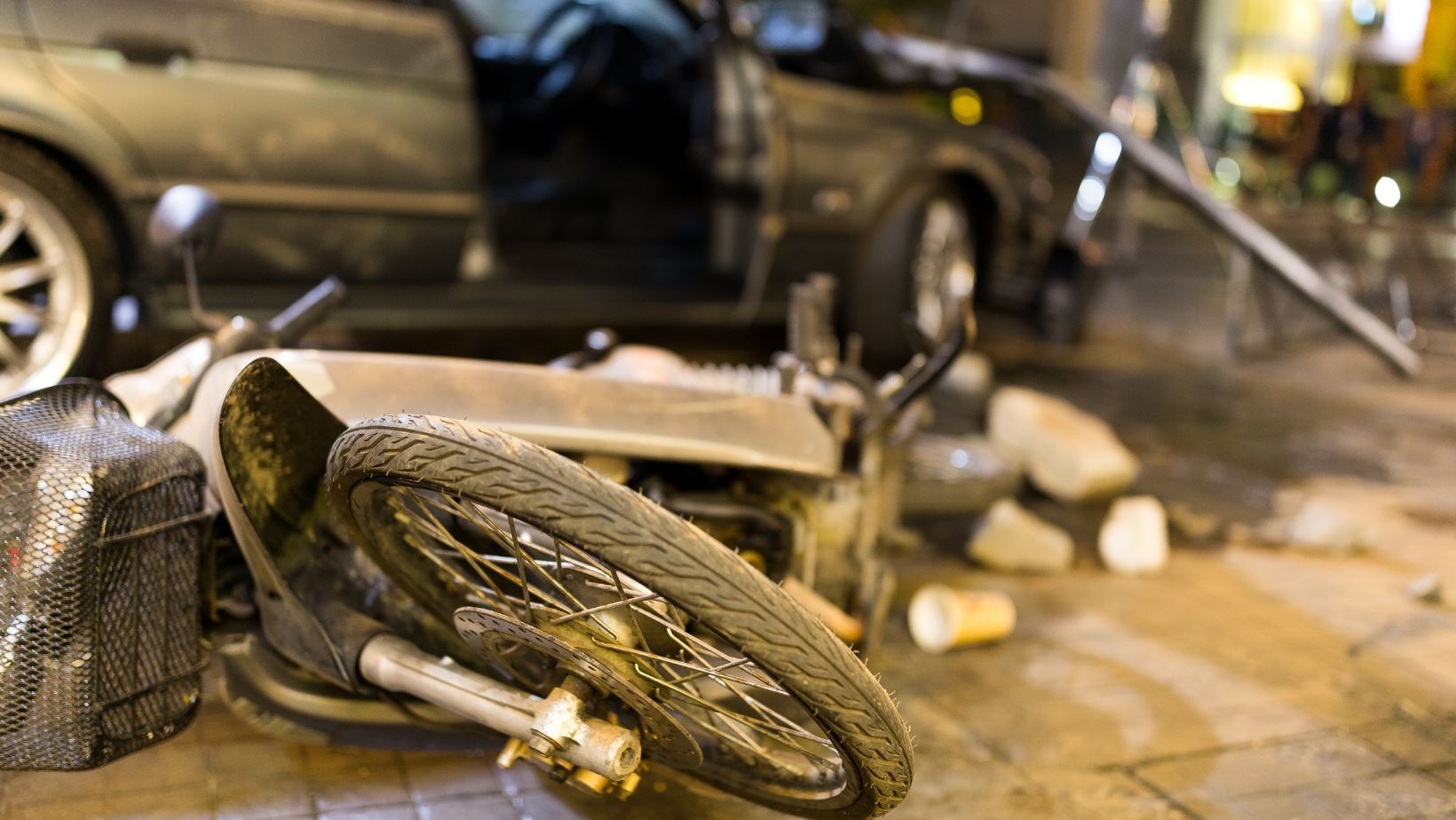
Figuring out who’s at fault in a motor vehicle accident can feel confusing, but it’s really just about looking at the facts. You can’t just blame someone without knowing what actually happened. The person who caused the crash is usually the one who has to pay for things like fixing cars, medical bills, or even lost income.
If you’re not sure where to start, motor vehicle accident lawyers can help you out. They dig into the details to help figure out what went wrong and who should take responsibility.
To figure this out, there are four main things to look at: duty of care, breach of duty, causation, and damages. These steps are the key to figuring out the whole story of what went wrong and why. Once you get these, it’s much easier to see who’s responsible. Let’s break it down.
Duty of Care
Every driver has a basic responsibility to drive safely and follow the rules of the road. This is called the duty of care. Drivers need to pay attention, follow traffic laws, and drive in a way that doesn’t put others in danger.
This includes things like stopping at red lights, not speeding, using turn signals, and being aware of pedestrians or cyclists.
When someone gets behind the wheel, they’re agreeing to take this responsibility seriously, not just for themselves but for everyone on the road.
Breach of Duty
When a driver fails to meet their duty of care, it’s called a breach of duty. This happens when a driver breaks a traffic law or does something unsafe, like speeding, texting, or driving while impaired.

A breach of duty is the first clear sign that something went wrong. For instance, if a driver runs a stop sign and crashes into another car, that’s a clear example of breaching the duty of care. They’ve ignored the rules and created a dangerous situation for others.
Causation
Causation is about showing that the driver’s breach of duty directly caused the accident. You have to prove that what the driver did wrong, be it speeding, running a stop sign, or something else, is the reason the crash happened. If a driver was speeding and rear-ended another car, you need to show that the speeding was what caused the collision.
Damages
Damages refer to the harm caused by the accident. This could include physical injuries, damage to vehicles, medical bills, lost wages, or emotional stress.

Without damages, there’s not much to hold someone responsible for. If no one got hurt and nothing was damaged, there’s no reason to seek compensation, even if a traffic law was broken.
But if someone’s car is totaled or they’re seriously injured, that’s where the damages come into play.
Wrapping Up
When you put together these four elements, you can figure out who caused the accident and why. Understanding these basics makes it much easier to see who’s responsible for the crash.
And, of course, always remember that a lawyer is the one you call when you can’t figure out any of these elements by yourself.



